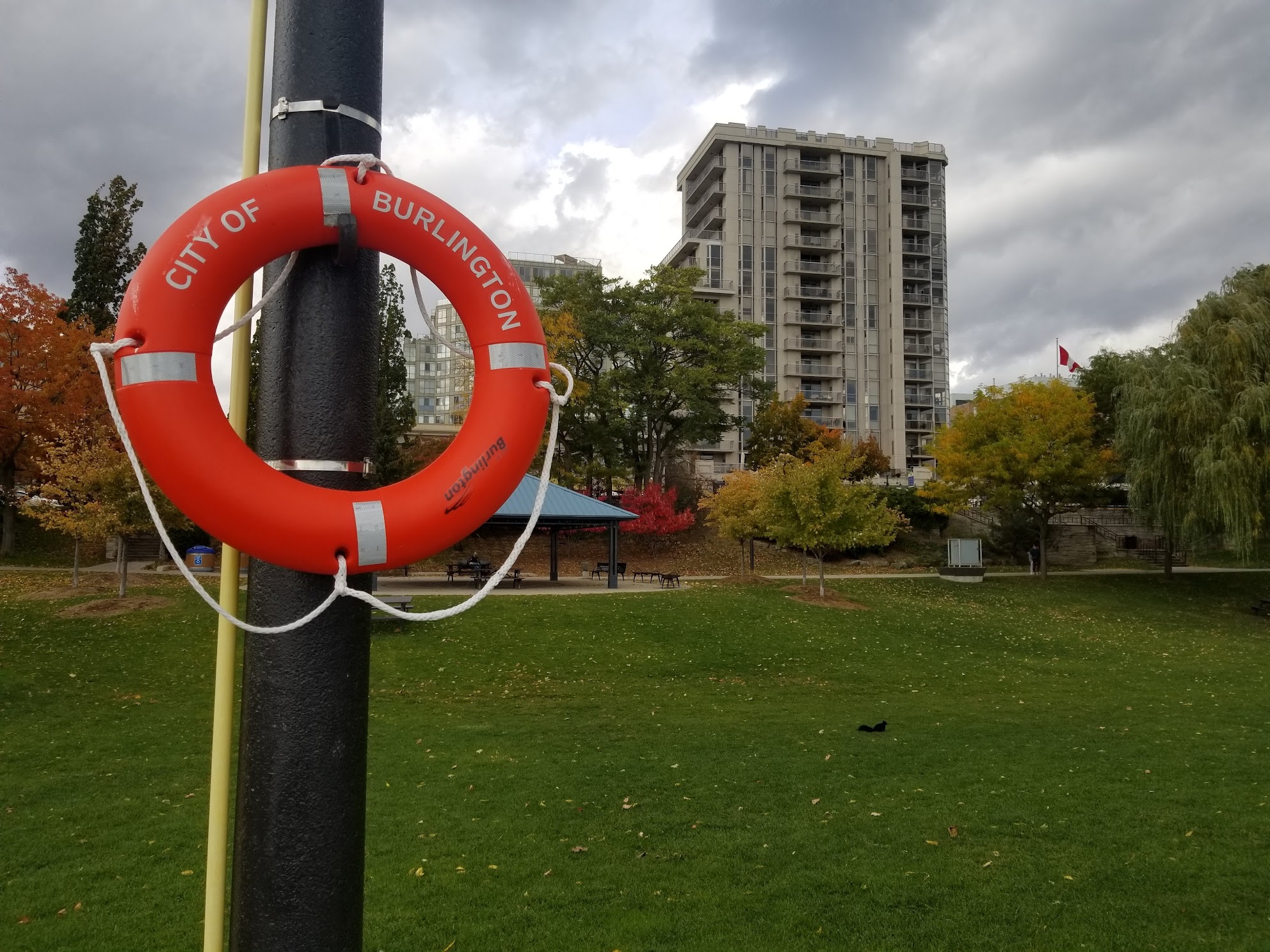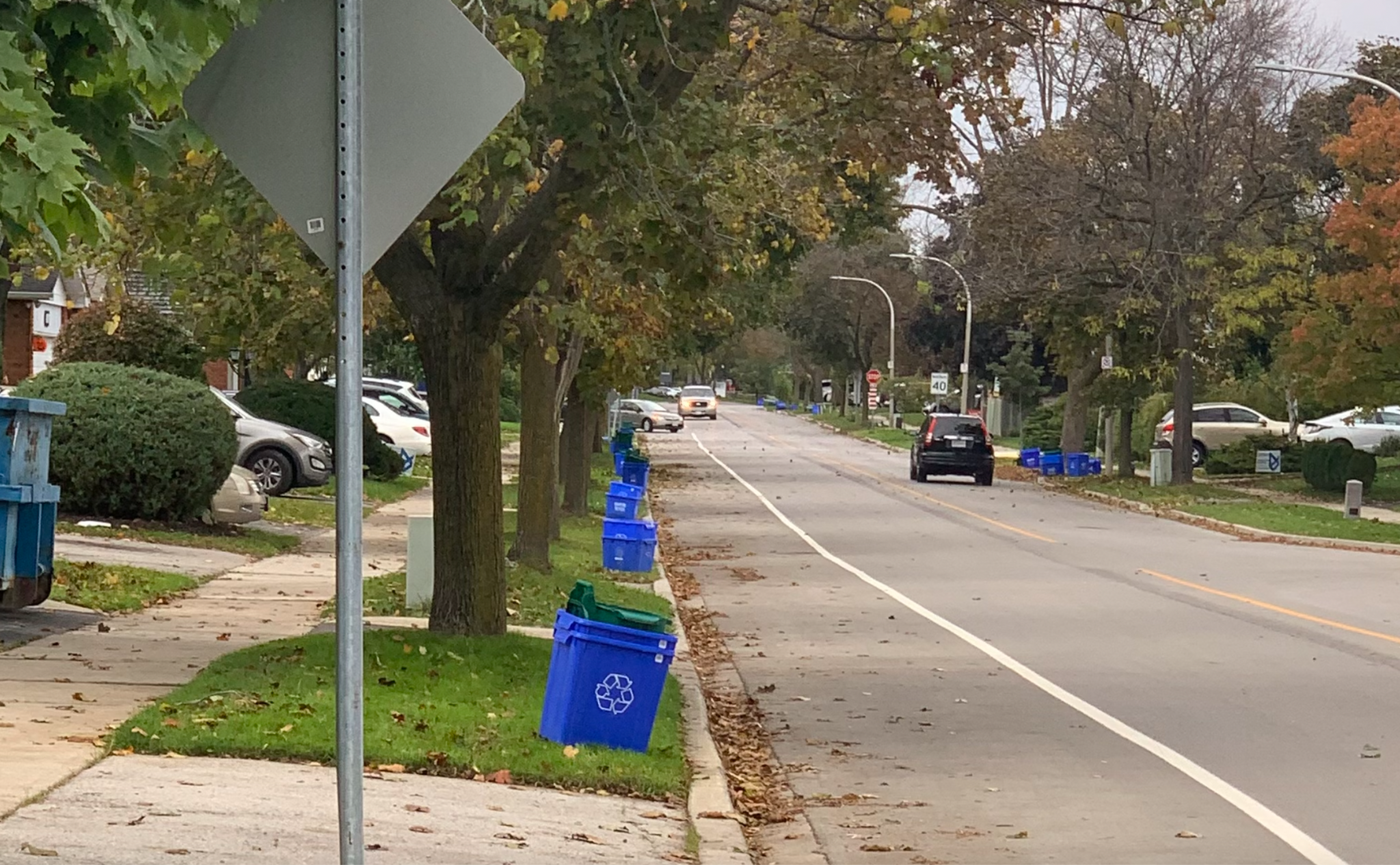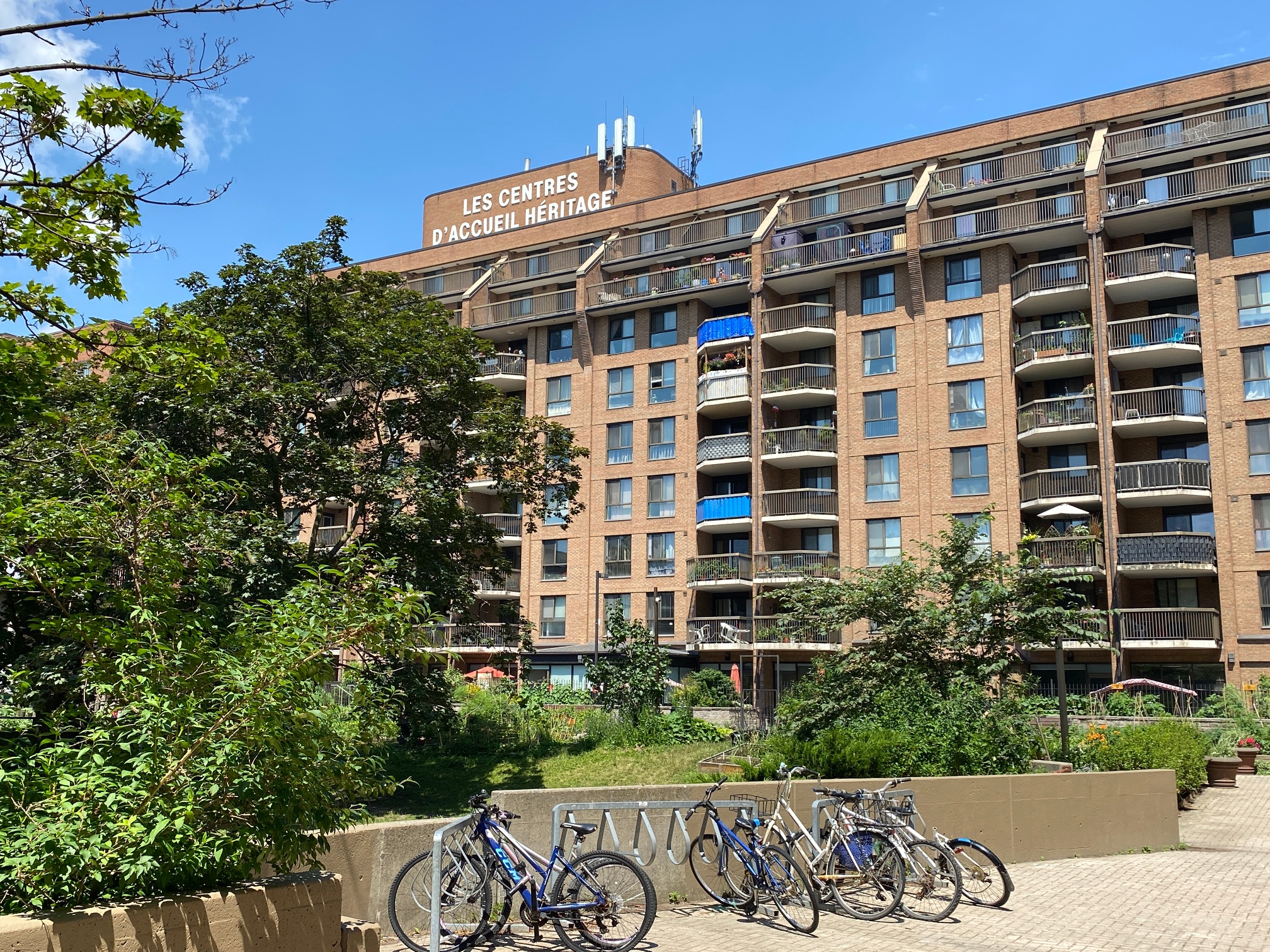By Mike Collins-Williams, RPP, MCIP, CEO of West End Home Builders’ Association
Opinion.
Last month, the Ontario government introduced Bill 23, the More Homes Built Faster Act, which, if passed, will represent the most substantial change in a generation to how the building of new homes is regulated in the province. Too many people are struggling to find an attainable home that meets their family’s needs. It’s a complex problem that will require a range of solutions. One key element is increasing the supply and mix of housing. We need more homes of every type, from three-bedroom condos, to stacked townhouses, to detached homes, to secondary suites. Residents and newcomers looking to buy a home — as well as anyone concerned about the future livability and economic competitiveness of the City of Burlington and Ontario — should take heart that the government is putting in place the policies to address our province’s housing supply and affordability challenges.
Factors that limit housing supply
Ontario’s Housing Affordability Task Force (HATF), in its February 2022 report, identified the factors that limit new housing supply and drive up housing costs across the province. The Task Force found that it simply takes too long to obtain housing approvals and that it is currently too difficult to add any type of density: either the gentle density needed in existing neighbourhoods or higher density housing built on transit routes. The task force also identified that too many taxes, fees and charges are layered on to new homes by municipalities.
Ontario’s Minister of Municipal Affairs and Housing, Hon. Steve Clark stated that “For too many Ontarians, including young people, newcomers, and seniors, finding the right home is still too challenging. This is not just a big-city crisis: the housing supply shortage affects all Ontarians, including rural, urban and suburban, north and south, young, and old.” Clark added that, “Our Housing Supply Action Plan is creating a strong foundation on which 1.5 million homes can be built over the next 10 years. Our government is following through on our commitment to Ontarians by cutting delays and red tape to get more homes built faster.”
Over the last decade, we averaged about 250,000 annual new immigrants across Canada with most of them settling in either the GTA or the Greater Vancouver Area. In 2021, Canada vastly increased targets and we saw 405,000 immigrants arrive and put down roots — the most ever in the country’s history. On November 1, the Canadian government announced that is setting brand new targets for 465,000 new arrivals for 2023, increasing to 500,000 in 2025. This is going to make an already difficult housing situation even more challenging, even with the bold proposals in Bill 23. However, immigration is positive for Canada. We need to increase the supply of things, ideas, and people, too — the programmers, scientists, welders, teachers, nurses, and countless others on whose backs and brains a modern economy travels. We also need to ensure we are building enough homes for all these people!
Additional direct and indirect costs to new homes
Currently, obtaining the necessary building approvals takes longer in Ontario municipalities than in any other jurisdiction in North America. In some Greater Toronto and Hamilton Area (GTAH) municipalities, it can take up to three years to approve new housing projects, which is well in excess of the timeframes mandated by provincial legislation. These delays not only slow down the addition of much-needed new housing supply, but also add direct and indirect costs to new homes, either in the form of additional consultant fees, carrying costs, taxes and inflationary costs in material and labour (in 2021, inflation in construction costs were in excess of 20%). All of the above add a further $50,000 to $100,000 in costs to each new homeowner.
Government taxes, charges, and fees layer on additional costs. On average, 25% of the cost of a new home in the GTAH is composed of government charges. This can add as much as $250,000 to the cost of a typical newly-built single-family home and municipalities add more than half of that. The most significant of the municipal fees and charges — the development charges — have increased between 250% and 800% across GTAH municipalities since the early 2000s. In Burlington, council just approved a 500% increase in parkland changes, meaning that any young person struggling to purchase a small condo would be stuck paying $33,400 in a medium-density building and $23,600 in a high-rise tower in parkland fees alone!
Following the tabling of Bill 23, the CEO of the Ontario Home Builders’ Association, Luca Bucci, commented, “The current housing supply and affordability crisis is a man-made problem that was created in the course of a decade and a half and will take time to fix.” Bucci added, “it starts today with Ontario’s new big, bold housing plan. The More Homes, Built Faster Act increases accountability for municipalities in enabling the construction of housing supply the province needs, increasing transparency on the funds collected on the back of new homes, capping fees to the economic conditions of the day and removing roadblocks to adding gentle density. Put simply: the government has delivered the regulatory framework to enable necessary change.”
What Bill 23 means for Burlington
The housing supply and affordability crisis in Ontario arose over the course of a decade and a half as a result of policies that acted as barriers to meeting the housing needs of residents. It is going to take time to fix. Once Bill 23 passes, Ontario’s new housing plan will enable us to take big steps to address the crisis. The plan will increase accountability for municipalities for facilitating the housing supply the province needs; for example, the provincial government has assigned 29,000 units to the City of Burlington by 2032 in its new provincial housing legislation. This will be an ambitious approach to city-building and will require the City of Burlington and the development industry to collaborate, to significantly increase housing production downtown and along the GO corridor. Bill 23 will also increase transparency on the funds collected on new homes, cap and freeze certain fees to the economic conditions of the day and remove roadblocks to allow higher density around transit.
The new package of reforms goes beyond housing supply measures, as it also increases the Non-Resident Speculation Tax rate from 20% to 25%. This will deter non-resident investors from speculating on the province’s housing market and help make home ownership more attainable for Ontario residents. This taxation policy change took effect immediately and is already in place. Furthermore, the province intends to increase consumer protection measures for home buyers and is consulting on ways to help more renters become homeowners.
Ontario’s government has delivered the regulatory framework to bring about necessary change. It has stood up for new and future homebuyers looking to live in our province and has brought forward measures to help preserve the livability and competitiveness of Canada’s economic engine. The new housing plan deserves the support of all Burlington residents as we encourage our local, provincial, and national governments to help build enough housing of all types for our rapidly growing population.





